Summary
A large hospital system in Texas was looking for an automated solution that could keep up with their high-volume, leading edge surgical operations. Their approach was essentially a paper-based system which, like all such systems, was time-consuming, conducive to errors, and very inefficient. And their paper-based system did not give them the data-driven visibility necessary to continue their unswerving mission of providing innovative healthcare.
The hospital’s Executive Director of Perioperative Services was aware that Picis offered a fully built, thoroughly battle-tested software suite that was ready to be up and running quickly.
Our Solution
The hospital system started using the Picis solution and soon realized significant improvements in turnaround time and first-case start times, case-costing, auditing, materials management and supply allocation, plus much more.
The hospital implemented the Picis solution across their 12 facilities
Accordingly, under the Executive Director’s authority, we implemented our entire suite of modules across their 12 facilities. As Picis does, we worked closely with our client to refine the software to accommodate the hospital’s ever-expanding user base.
Picis is a comprehensive operating room solution that automates each step of the perioperative process—from scheduling to intraoperative documentation, preference cards, billing and more.
This powerful solution helped the hospital in the following ways:
Turnaround Time and First-Case Start Times
Turnaround time hinges on more than just getting the patient out of the room, cleaning up, and setting up for the next procedure. What if the patient is late in Pre-Op, or the surgeon is late in arriving? What if you’re waiting on equipment that’s being used elsewhere? Is that turnaround time, or is that a delay? With Picis you can calculate both – how long it takes to clean up and set up a room, and you can also determine all the delays in getting a case started.
In a short time, turnaround time and first-case starts in the hospital system improved across multiple disciplines. As an example, they reduced their urology turnaround times from 25 minutes to 10 minutes.
The hospital system reduced their urology turnaround times from 25 minutes to 10 minutes.
Case Costing
Picis didn’t just improve the hospital’s turnaround times. Case costing improved as well. Demonstrating that what gets measured tends to improve, the director of urology started openly posting surgeons’ case-costing stats. In a matter of three months, surgeons’ costs among cases started aligning at a lower cost.
Auditing
With the paper-based preference cards that they used prior to the Picis implementation, there was no audit trail. So, the hospital didn’t know who went in and updated a preference card and what they changed. Picis added more audit trails to solve that problem.
Supply Allocation
Picis integrated bidirectionally with the hospital’s materials management perpetual inventory. As a result, supplies needed for preference cards automatically populate the Picis system. This not only significantly reduces manual preference card maintenance, but also provides the ability to document supply usage during cases. Picis is then able to send requisitions back to the materials management system to decrement the inventory, which kept the perpetual inventory in sync in an automated fashion.
This new level of visibility and control enabled the organization to significantly reduce supply allocation problems while providing an objective ROI for purchasing additional equipment.
Picis enabled the hospital to significantly reduce supply allocation problems while providing an objective ROI for purchasing additional or more efficient equipment.
Standard Reporting
Standard reports available with Picis helped the hospital save precious time in analyzing critical information for its leadership.
System Configuration
As hospitals evolve, perioperative systems must be able to change with them. Fortunately, Picis was designed to make it easy to add fields for collecting new data points. This was especially helpful to the hospital system in producing analytics to create an efficient workflow.
Conclusion
Picis was a game-changer for the hospital system. Of course, in the beginning, as with any major implementation, there were critics. But no one would argue this: our solution laid the groundwork for a data-driven operation and helped the organization work more efficiently and maximize time spent on patient care. Interestingly, after experiencing the many benefits of Picis, many of those early critics became super-users.
The hospital realized significant improvements in:
- Turnaround times
- First-case start times
- Case-costing
- Auditing
- Materials management & supply allocation
- Reporting
Make your perioperative space run better with Picis.
Call +1 781 557 3000 or contact info@Picis.com to arrange a free consultation and demo.






